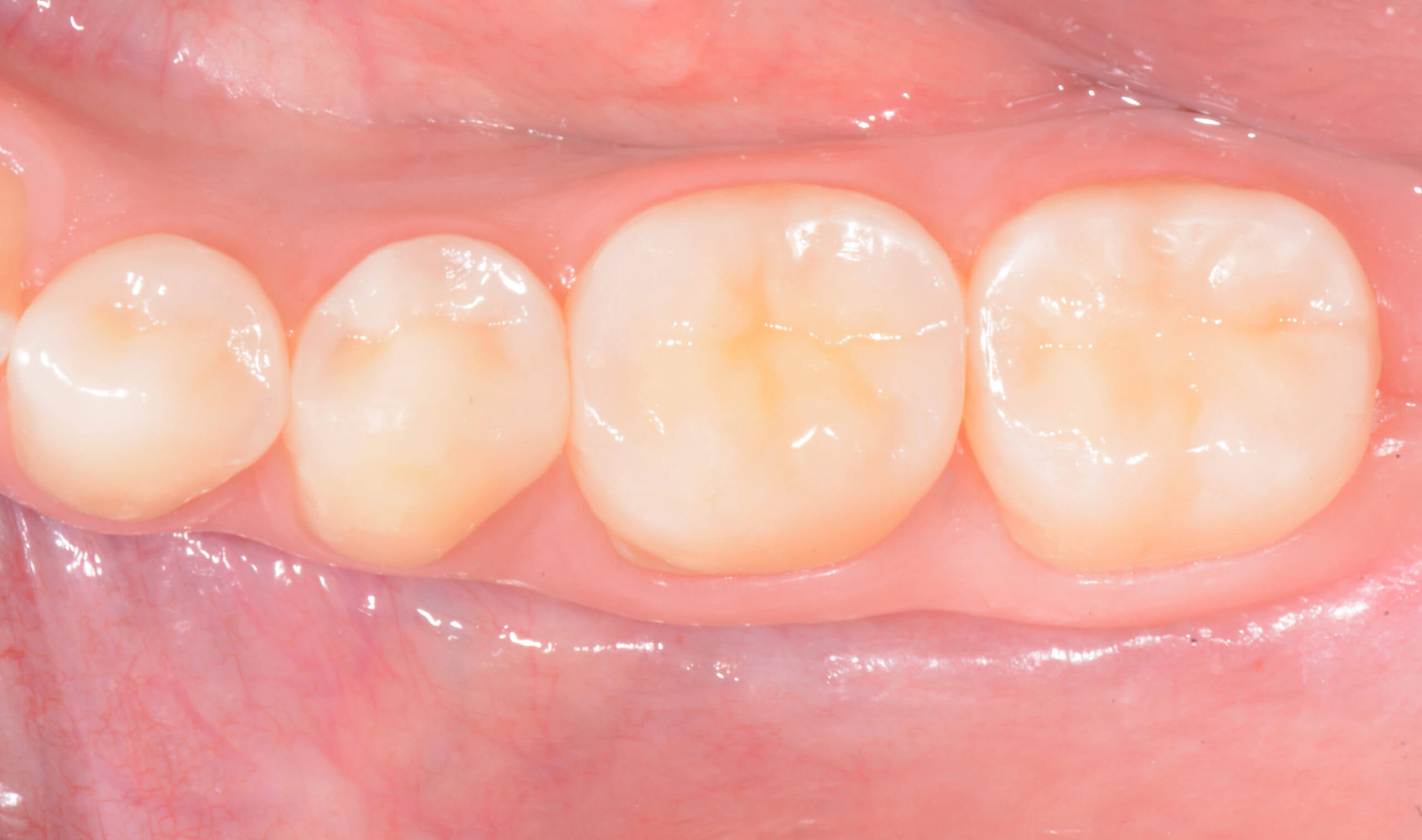
Adhesive Management of Worn Dentition Using the “Index Technique” The DIRECT Approach

The goal of treating severely worn teeth is to extend the life and function of the teeth while improving their function and aesthetics. For the patient’s optimal comfort and health, we seek to achieve a stable posterior occlusion and efficient anterior guidance.
This article is written for the purpose of inspiring dentists to learn indicators for using this technique, and the no-prep “index technique” of diagnosing and restoring worn teeth with composite restorations.
The Benefits of the Index Technique
Conservation of the natural tooth structure—Whenever possible, dentistry should be additive, not subtractive-additive. The adhesion of composite resin is now so reliable that retentive cavity preparations are not always necessary. The digital index technique protocol proposes a conservative and alternative approach based mainly on minimally or noninvasive copy-and-paste composite restorations on both ante¬rior and posterior teeth. In anterior sextants with undercuts, a direct molding technique allows the clinician to be extremely conservative.
Simple repair—Another positive trait of this technique is the relative ease with which chipping or restorative failure can be managed by applying a simple adhesive protocol. Full loss or detachment of the restoration is an unlikely occurrence. Partial failure can be easily repaired with fresh composite following proper surface treatment: sandblasting, salinization, and bonding all surfaces.
Less clinical time and expense—This technique shortens the time to finalize a case. The technique requires a wax-up for planning the case and the fabrication of a transparent index but no other digital or analog lab expense. (See accompanying images above.) With this technique, you can avoid or postpone a more biologically invasive and financially costly solution.
Long-lasting aesthetics—Nano hybrid composite has good wear characteristics. Its superficial gloss lasts, and the composite can be easily repolished during patient re-calls.
Reversibility—With the index technique, you can remove the composite to restore the patient’s teeth to the occlusion they had before treatment if necessary. It should be noted that it is not easy to remove composite after adhesion due to bonding strength and composite chromatic integration with the natural tooth.
Join me for “Worn Dentition: Direct & Indirect Adhesive Management through a Non-Invasive Approach”
In October 2023, I will present an in-depth, two-day workshop at The Pankey Institute. During this workshop, you will learn the indications and protocols for diagnosing and treating severely worn dentition using the new direct “Index technique” approach. The course also will cover when and how to bond on worn dentition using additive partial indirect restorations (onlays/overlays) in composite and/or ceramic. The step-by-step protocols for digital and analog workflows will be addressed during the workshop through step by step images and videos on patients in order to understand this “hybrid approach”. I look forward to being back at the Institute, and I hope you will join me there!
The photos below refer to an INDIRECT additive adhesive ceramic cementation case:




while these photos refer to a DIRECT additive adhesive molding copy&paste protocol through the “Index Technique” protocol:




Related Course
Mastering Dental Photography: From Start to Finish
DATE: October 29 2026 @ 8:00 am - October 31 2026 @ 12:00 pmLocation: The Pankey Institute
CE HOURS: 19
Regular Tuition: $ 2995
Single Occupancy with Ensuite Private Bath (per night): $ 355
Dental photography is an indispensable tool for a high level practice. We will review camera set-up and what settings to use for each photo. All photos from diagnostic series, portraits,…
Learn More>






